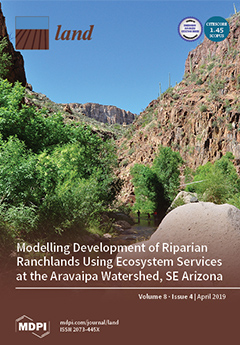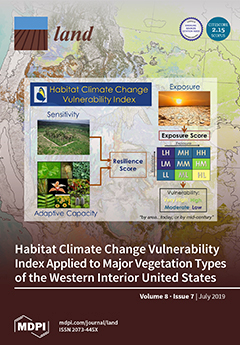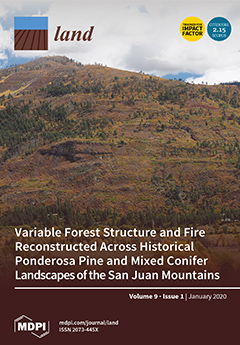One City for All? The Characteristics of Residential Displacement in Southwest Washington, DC
This paper examines two periods of renewal in Washington, DC, USA’s southwest quadrant and their relationship with displacement. The paper situates this discussion within both the local historical continuum and globally-recognized paradigms, such as “the right to the city”. This article primarily serves as an overview of urban planning consequences in Southwest Washington DC based on extant academic literature and policy briefs.









